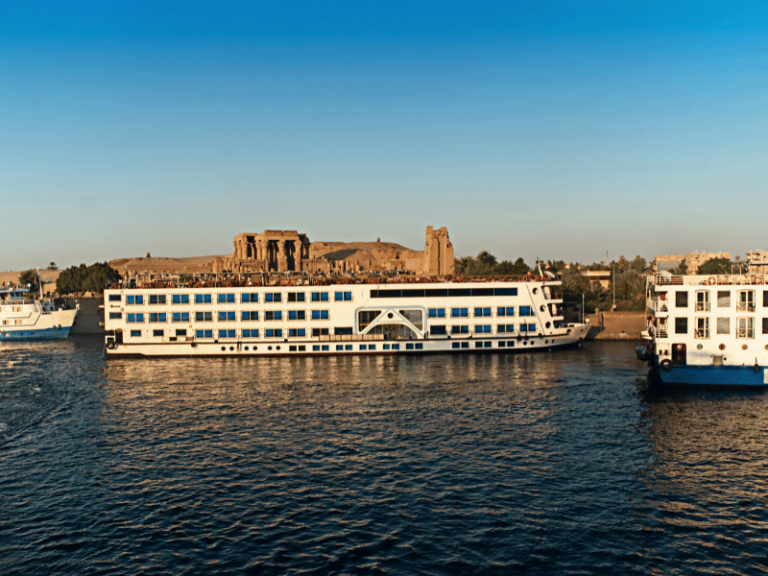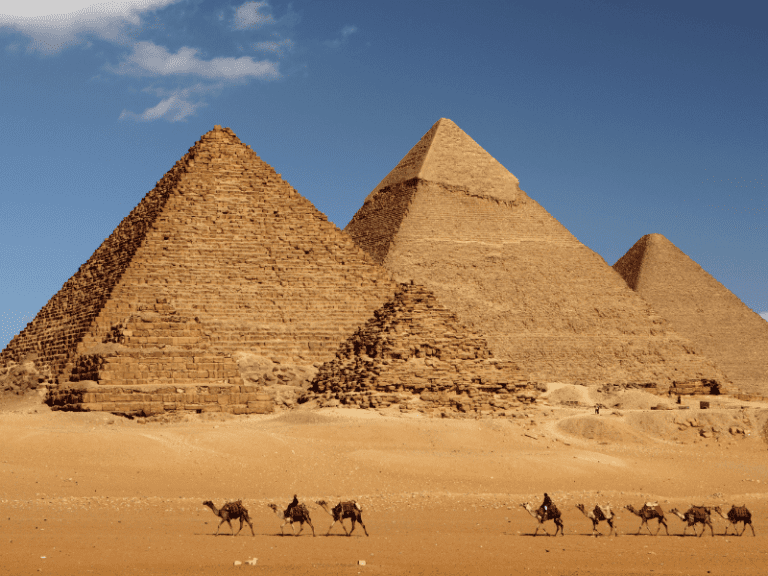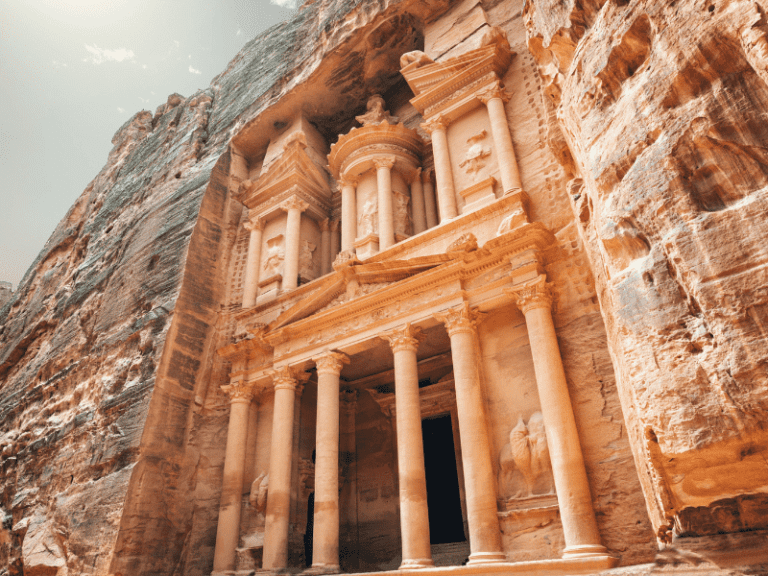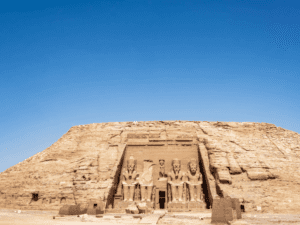Grandeur Carved from the Desert Mountainside
Looming imposingly from the sands of Egypt’s southern frontier stands a treasury of pharaonic architecture – Abu Simbel. Hewn directly from solid sandstone cliffs overlooking Lake Nasser, this site was the 13th century BC vision of Ramesses the Great to awe subjects and passersby alike with monuments to hisresume’s glorious reign.
- Place: Abu Simbel
- Country: Egypt
- Governorate: Aswan Governorate, Egypt
- Age: Constructed around 1264-1223 BC
- Population: Tourist site with no permanent residents
- Discovered by: Swiss orientalist Jean Louis Burckhardt in 1813
- Famous for: Iconic rock-cut temple complex of Ramses II
- Nearby locations: Aswan city (240km north), Kharga Oasis (360km northeast)
Monumental Sculptures Dedicated to Ancient Deities
Upon the grand propylaea, four towering statues of Ramses – over 20m tall – sit in solemn repose, vigilant guardians of the temples within. Within the first stands colossal seated images of the pharaoh and his wife Nefertari, with lesser deities lining the side chambers. Further in, a second temple commemorates the king’s beloved co-regent and their family with lifelike statues bedecked in ancient finery.

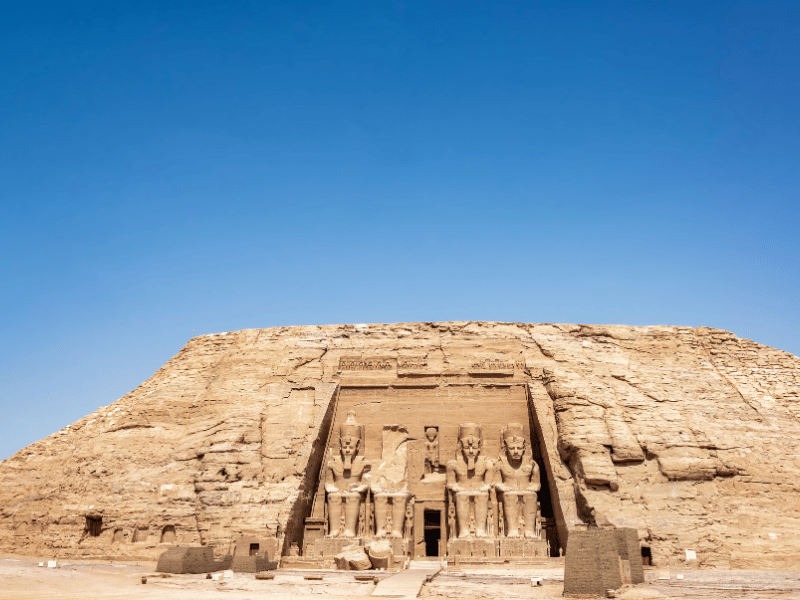

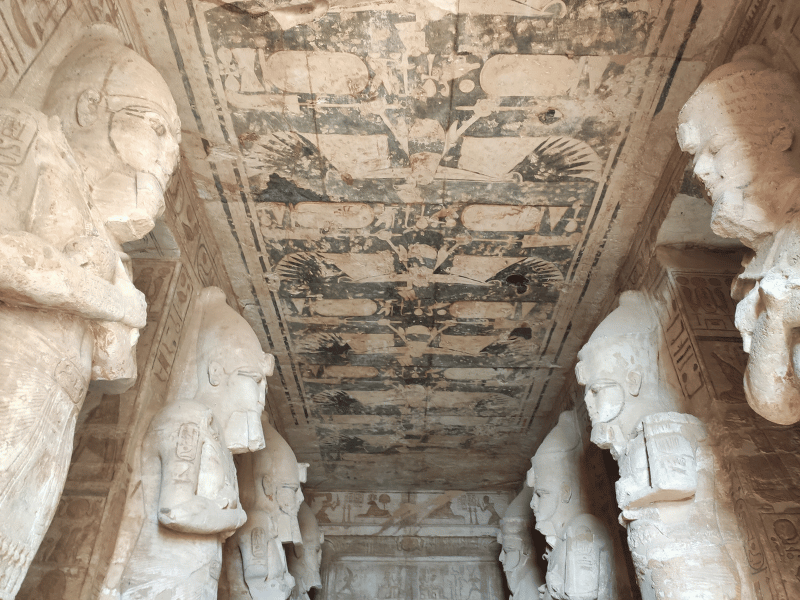

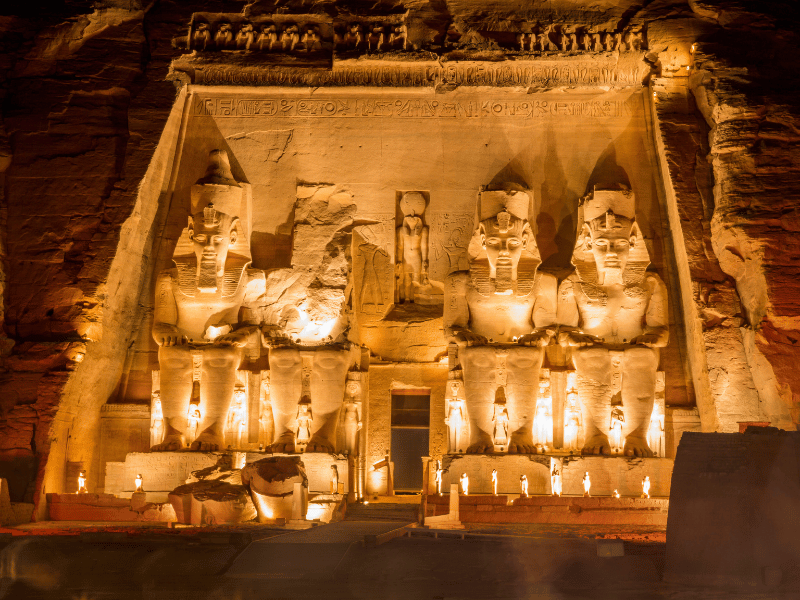
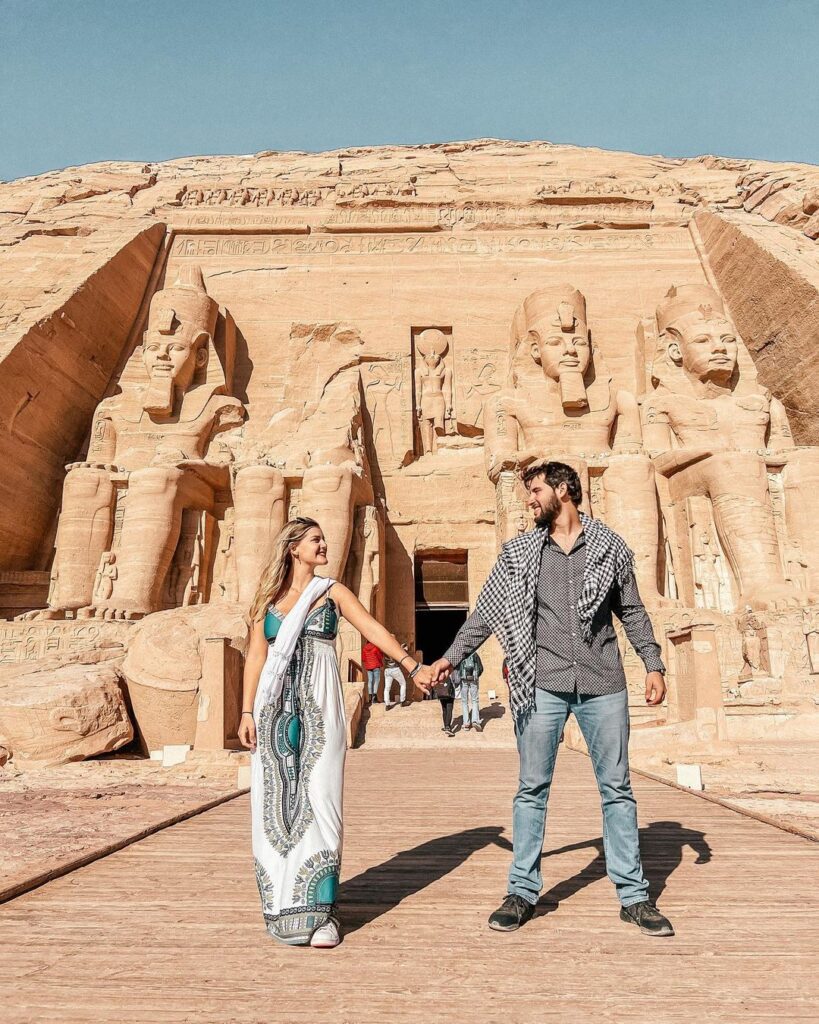
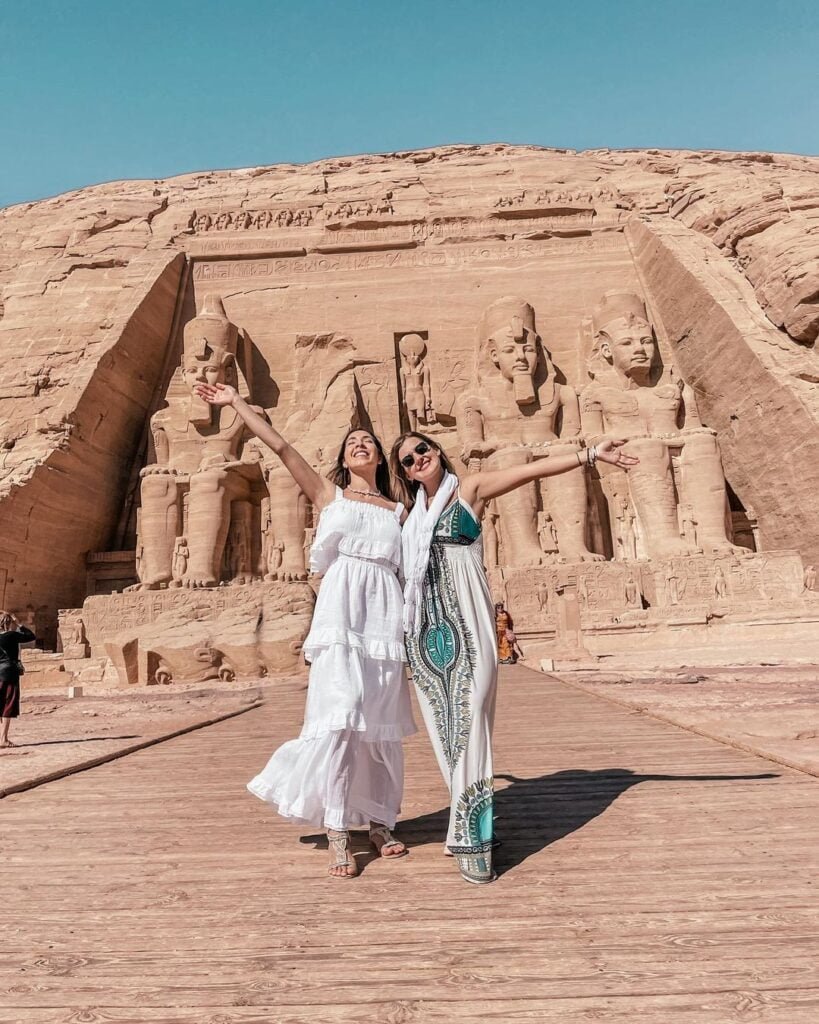
A New Threat to Ages-Old Monuments
In the 1960s, Abu Simbel faced submersion as Egypt constructed the Aswan High Dam, threatening complete destruction. In a massive rescue effort, entire temple complexes were carefully dismantled then reconstructed in a nearby hillside, reoriented to face the Nile Valley as originally intended. An engineering feat preserving history for future generations’ appreciation a millennia later.
Walking among Titans of Egypt’s Golden Age
Modern-day visitors feel Lilliputian stature before the colossal carved figures. Fine hieroglyphic inscriptions imprint technical and religious accomplishments onRamses’ wish for eternal memory. Within dim sanctuaries, sunlight’s rays periodically illuminate lost gods in an eternal celestial dance. Travellers bear witness to a revival of these sublime treasures, a testament to humanity’s shared commitment preserving history’s remnants through cooperation across the ages. Abu Simbel remains one of pharaonic Egypt’s most enduring treasures for eternity.
Inspirations from Past Civilizations’ Achievements
Millennia after Ramesses’ passing, Abu Simbel’s message of resilience and cultural perseverance are showcased anew. Whether through ambitious rulers’ visions or uniting modern efforts saving its antiquities, this sacred site illustrates humanity’s capacity overcoming adversity with ingenuity and fellowship. Its monuments now inspire current generations with past ones’ monumental quests pushing boundaries of imagination and engineering. Abu Simbel stands as a symbol of humanity’s unlimited potential when working united towards lofty goals with compassion for history and each other.






